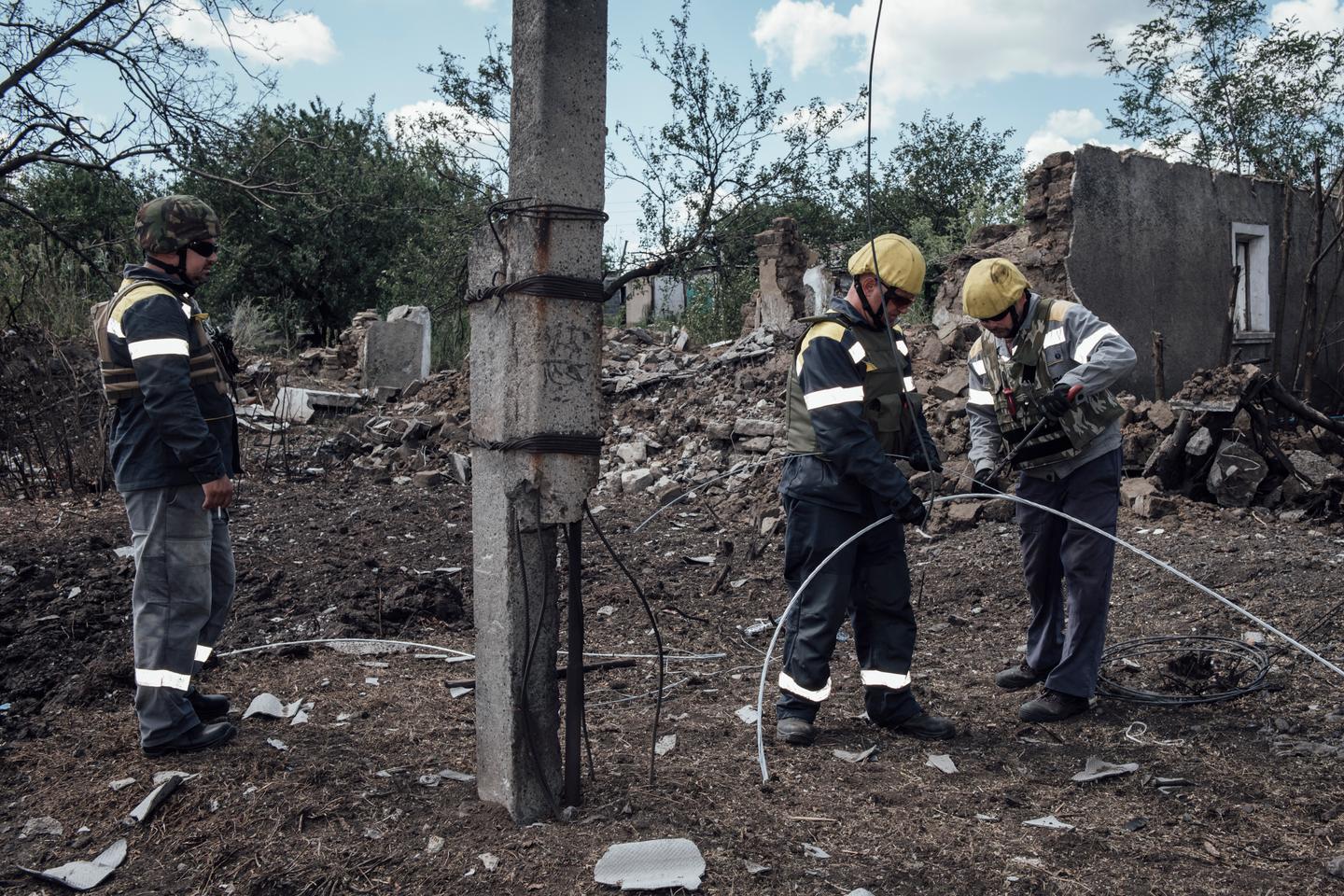


The erosion of the Donetsk region by Russian troops is accelerating. This reveals glaring problems in the organization of the Ukrainian defense. Eleven towns in the Donbas are directly threatened by the progress of Russian forces toward the town of Pokrovsk, a crucial rail and road hub for the logistics of the Armed Forces of Ukraine (FAU). The Armed Forces of the Russian Federation (FAFR) are advancing at a daily rate of 500 meters to 1 kilometer on several axes. They are thereby altering the nature of the battlefront. A gradual transition from a war of position to a war of movement is underway, with breakthroughs and pincer effects working to the disadvantage of the Ukrainian defenders.
"We have not had such a pace of offensive in the Donbas for a long time," Vladimir Putin said on Monday, September 2, before students at a secondary school in Kyzyl, in the Tuva region, 4,000 kilometers to the east of the front.
The FAFR's movements are certainly far too slow to create the kind of surprise effect achieved by Ukrainian forces during the Kursk offensive in early August. Despite Ukraine's occupation of some 1,000 square kilometers of its territory, Moscow has not eased its offensive in recent weeks, redoubling its pressure toward Pokrovsk. On September 3, Ukrainian General Staff indicated on its Telegram channel that half of the 118 Russian assaults over the last 24 hours were concentrated in two directions: Pokrovsk and Kurakhove, a town with 18,000 inhabitants before the large-scale invasion of 2022. The towns are emptying of their inhabitants as the enemy army approaches.
An anomaly
Russian troops are now only 3.5 kilometers from Myrnohrad ("peaceful town," in Ukrainian) and 8 kilometers from Pokrovsk. These two towns form a conurbation of over 100,000 inhabitants, with dozens of apartment blocks that are assumed to form a significant barrier against the Russian advance. "It can be assumed that the [Russian] enemy will reach the city [Pokrovsk] by mid-September, but they will not be able to capture it. The open terrain, which is unfavorable for an offensive, and potential counterattacks from Selydove [to the south] and Kostiantynivka [to the east] areas will slow their advance," predicted the Center for Defence Strategies, a Ukraine-based think-tank.
But recent developments in the area give cause for pessimism. The town of Novohrodivka (population 14,000), 13 kilometers southeast of Pokrovsk with almost 50 buildings, was lost in less than a week: the Russians entered the town on August 22 and completely conquered it on the 27th. Its high walls should logically have held back the Russian offensive. Over the past two years, the FAFR have only managed to overcome such obstacles (in Soledar, Bakhmut or Avdiivka) at the cost of months of intensive bombardment, leveling buildings and sacrificing tens of thousands of Russian soldiers. Yet Novohrodivka changed hands without suffering heavy destruction, an anomaly noted by many Ukrainian and Russian sources alike.
You have 42.94% of this article left to read. The rest is for subscribers only.
